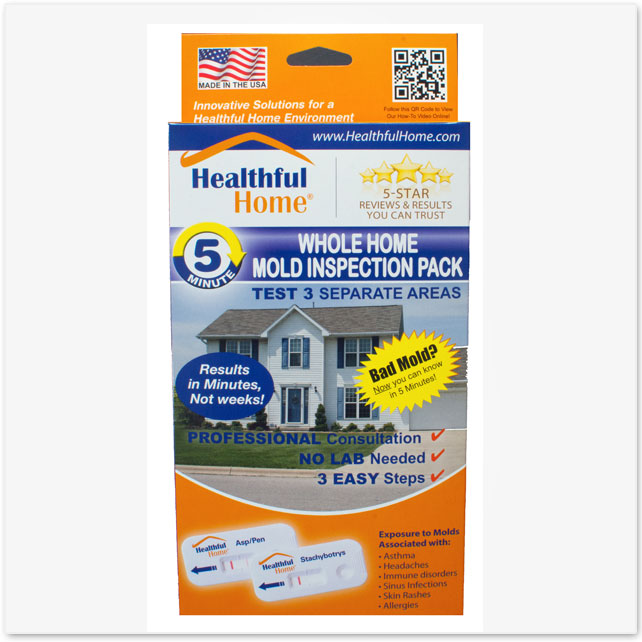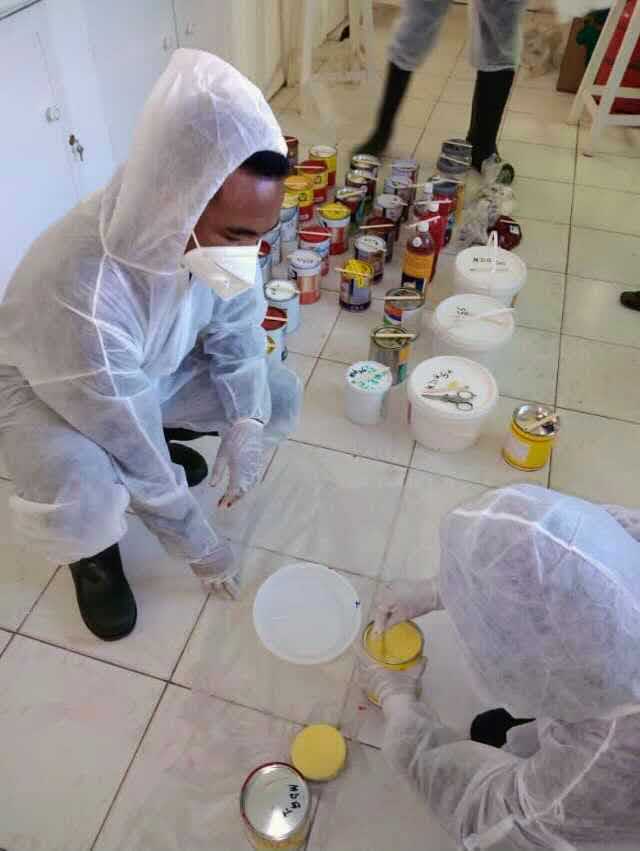The Need of Mycotoxin Testing in Agricultural Products to Ensure Consumer Safety
The need of mycotoxin testing in agricultural products is an essential aspect of public wellness and safety and security that requires detailed evaluation. Mycotoxins, poisonous substances created by specific fungi, can infiltrate different plants, leading to substantial health and wellness threats for consumers, such as cancer causing effects and body organ damages. Routine mycotoxin testing not just eliminates and determines contaminated items from the supply chain but also makes certain compliance with security criteria and enhances customer trust. Nonetheless, comprehending the approaches and advantages of such testing is necessary to completely value its relevance in securing our food supply.
Comprehending Mycotoxins
Mycotoxins, poisonous second metabolites produced by particular fungi, present a substantial risk to farming products and human health. These compounds are produced by various species of molds, such as Aspergillus, Fusarium, and Penicillium, which can contaminate plants both pre- and post-harvest - Mycotoxin testing Services. The most usual mycotoxins include aflatoxins, ochratoxin A, fumonisins, zearalenone, and deoxynivalenol (DON)
Mycotoxin contamination can take place under details environmental problems, such as high moisture and temperature, which favor the development of mold and mildew. Agricultural items like cereals, nuts, seasonings, dried out fruits, and coffee are especially vulnerable. The visibility of mycotoxins in these commodities can bring about considerable financial losses due to lowered crop returns and the requirement for rigorous screening and purification processes.
Recognizing the biochemical nature and formation of mycotoxins is vital for establishing reliable mitigation techniques. Study has revealed that mycotoxins show a series of chemical frameworks and homes, making detection and elimination challenging. Advanced logical strategies, including chromatography and mass spectrometry, are made use of to determine and quantify mycotoxins in agricultural items, ensuring that contamination levels stay within safe limits established by regulative bodies.
Health Dangers of Mycotoxins
Provided the substantial risks connected with mycotoxins in agricultural items, comprehending their impact on health and wellness is critical. Mycotoxins, poisonous additional metabolites produced by fungi, present severe dangers to both animal and human health and wellness.
Intense mycotoxin poisoning, although much less usual, can cause severe and instant illness such as liver damage, stomach disruptions, and hemorrhaging. Ochratoxin A, another potent mycotoxin, is connected to kidney damages and has prospective cancer causing impacts. Fumonisins, mainly influencing maize, are associated with esophageal cancer cells and neural tube problems.

Common Sources of Contamination
Understanding the typical sources of contamination is important for properly taking care of and alleviating the dangers posed by mycotoxins. Mycotoxins are toxic second metabolites generated by certain kinds of fungi, which can infect agricultural items at different phases of storage, processing, and production. The main resources of contamination include field problems, post-harvest handling, and storage space atmospheres.
Area problems Learn More play a substantial duty, with aspects like climate, crop sensitivity, and dirt wellness affecting fungal growth. Plants such as corn, peanuts, wheat, and tree nuts are specifically prone to mycotoxin-producing fungi like Aspergillus, Fusarium, and Penicillium species. Poor crop rotation and poor pest management can aggravate the threat of contamination.
Post-harvest handling is one more crucial stage where contamination can occur. Mechanical damages throughout harvesting and transport produces entry factors for fungi, while incorrect drying strategies can leave dampness levels high sufficient to sustain fungal growth.
Storage space environments contribute considerably to contamination dangers. Inadequately kept storage space facilities with high humidity and temperature level degrees create ideal problems for mycotoxin manufacturing. Regular examinations and appropriate storage conditions are crucial in suppressing this danger.
Mycotoxin Testing Approaches
Effective administration of mycotoxin contamination hinges not just on acknowledging potential sources yet also on implementing robust screening methods to detect these unsafe substances. Mycotoxin screening approaches can be generally classified into chromatographic and immunochemical techniques. High-performance liquid chromatography (HPLC) and gas chromatography-mass spectrometry (GC-MS) represent advanced chromatographic approaches recognized for their high sensitivity and accuracy. These strategies are skilled at quantifying several mycotoxins in intricate matrices, making them invaluable for comprehensive analysis.
On the our website other hand, enzyme-linked immunosorbent assay (ELISA) and side flow assays are popular immunochemical methods. ELISA, in certain, is commonly utilized because of its cost-effectiveness, convenience of usage, and fast turn-around time. Side circulation assays offer fast, on-site testing capabilities, making them appropriate for area applications where immediate choices are essential.
In addition, advancements in molecular biology have presented PCR-based techniques with the ability of identifying mycotoxin-producing fungi at hereditary levels, supplying a predictive approach to contamination threat. Integrating these diverse approaches boosts the dependability and comprehensiveness of mycotoxin detection, guaranteeing that farming items satisfy safety requirements and protecting consumers from prospective health dangers.
Advantages of Routine Testing

Routine mycotoxin screening offers considerable benefits that significantly strengthen farming safety and security and high quality. Mycotoxins, hazardous substances generated by certain fungis, can contaminate food and position serious health and wellness risks, including cancer cells and severe poisoning.
In addition, regular testing assists in maintaining the integrity and track record of farming manufacturers. By rigorously checking and regulating mycotoxin degrees, manufacturers can avoid costly recalls and lawful consequences. This not only guarantees conformity with rigid international security requirements but additionally cultivates customer count on and loyalty.

Conclusion
The requirement of mycotoxin testing in farming items is highlighted by the substantial health risks positioned by these toxic substances. It boosts the track record of producers and promotes trust fund within the agricultural supply chain, inevitably safeguarding public health and wellness.
The requirement of mycotoxin testing in agricultural products is a vital element of public wellness and safety and security that requires detailed exam. Mycotoxins, hazardous compounds produced by particular fungis, can penetrate numerous crops, leading to significant health and wellness dangers for customers, such as carcinogenic effects and body organ damage.Mycotoxins, toxic additional metabolites generated by particular fungis, present a significant risk to agricultural items and human wellness.Given the substantial threats associated with mycotoxins in agricultural products, recognizing check it out their effect on wellness is critical (Mycotoxin testing Services).The need of mycotoxin testing in farming products is underscored by the significant health and wellness risks positioned by these poisonous compounds